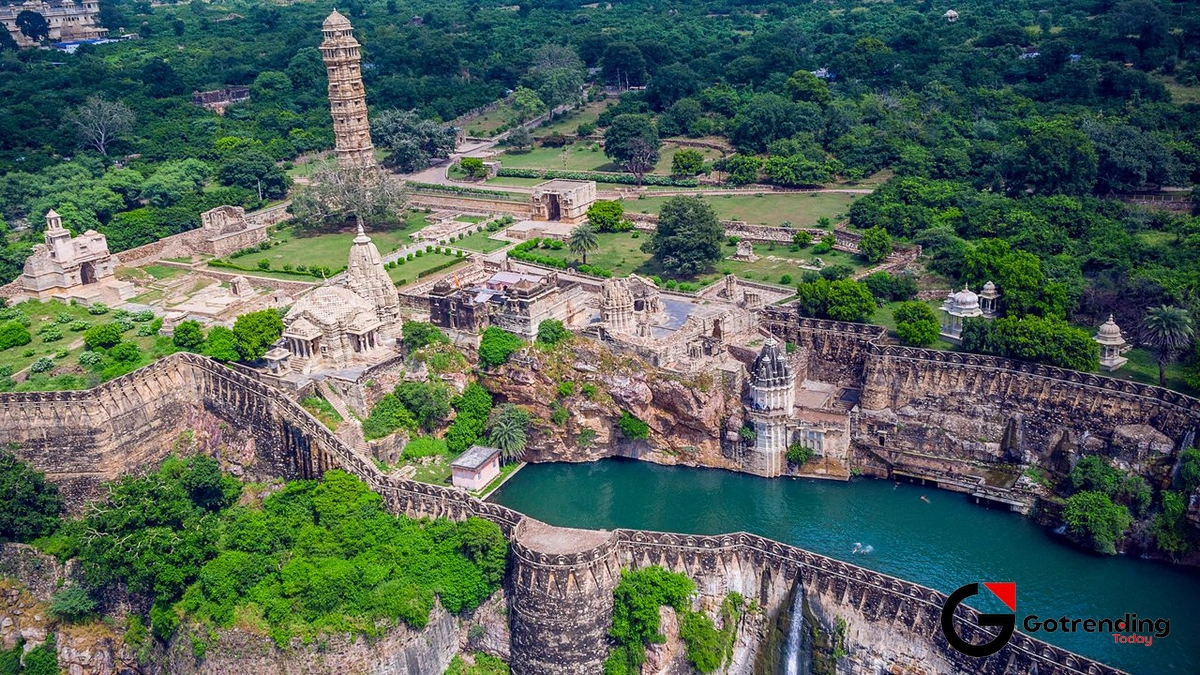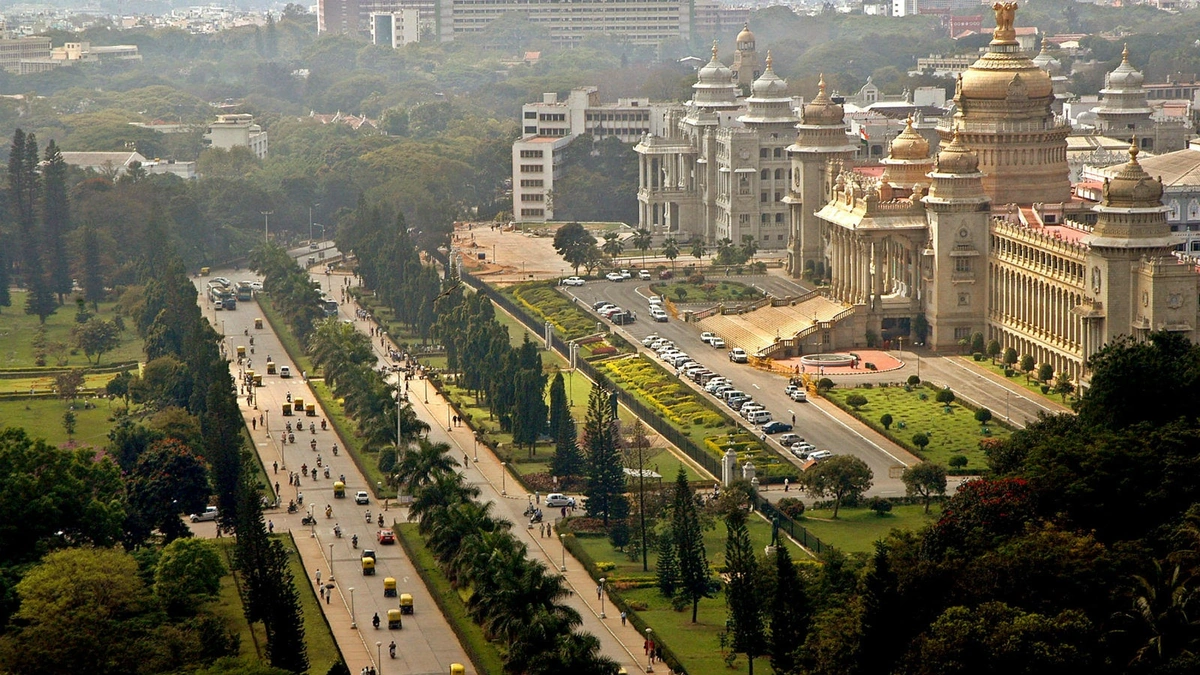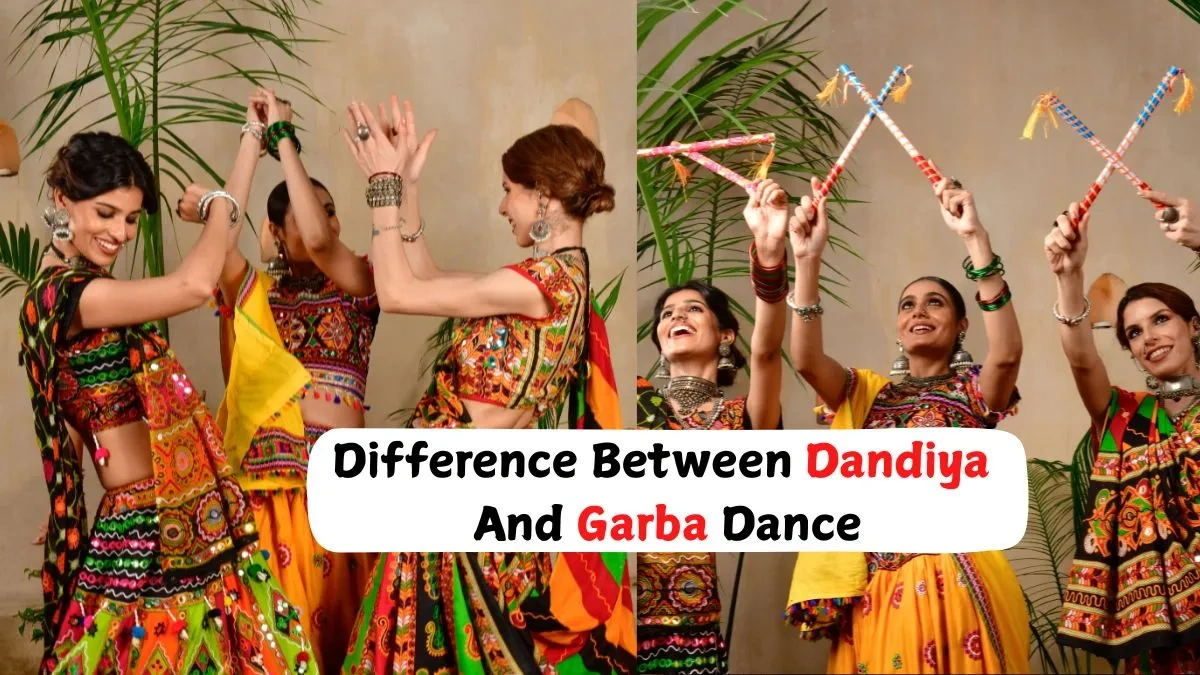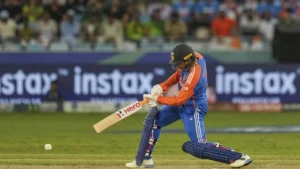More Than a Fort | The Haunting Soul of Chittorgarh
You can read all the guidebooks you want. You can look at a thousand pictures. But none of it prepares you for Chittorgarh . It’s not just a place you visit; it’s a place you feel in your bones.
The first thing that gets you is the silence. I mean, it’s not truly silent. There’s the wind, always the wind, whipping across the vast plateau. But it’s a heavy silence, thick with stories. It’s the kind of quiet that makes the hair on your arms stand up, even under the searing Rajasthani sun. You arrive expecting a fort. What you find is an entire, sprawling, ghost-haunted city perched on a hill, its jagged ramparts stretching for miles against the sky.
Forget what you think a fort is. This isn’t just a castle with a few walls. The Chittorgarh Fort is a UNESCO World Heritage Site, and for good reason. It’s a 13-kilometer-long behemoth that held palaces, temples, reservoirs, and entire communities. It was a self-sustaining world. And for centuries, it was the very heart of Mewar resistance.
The Stones Don’t Forget
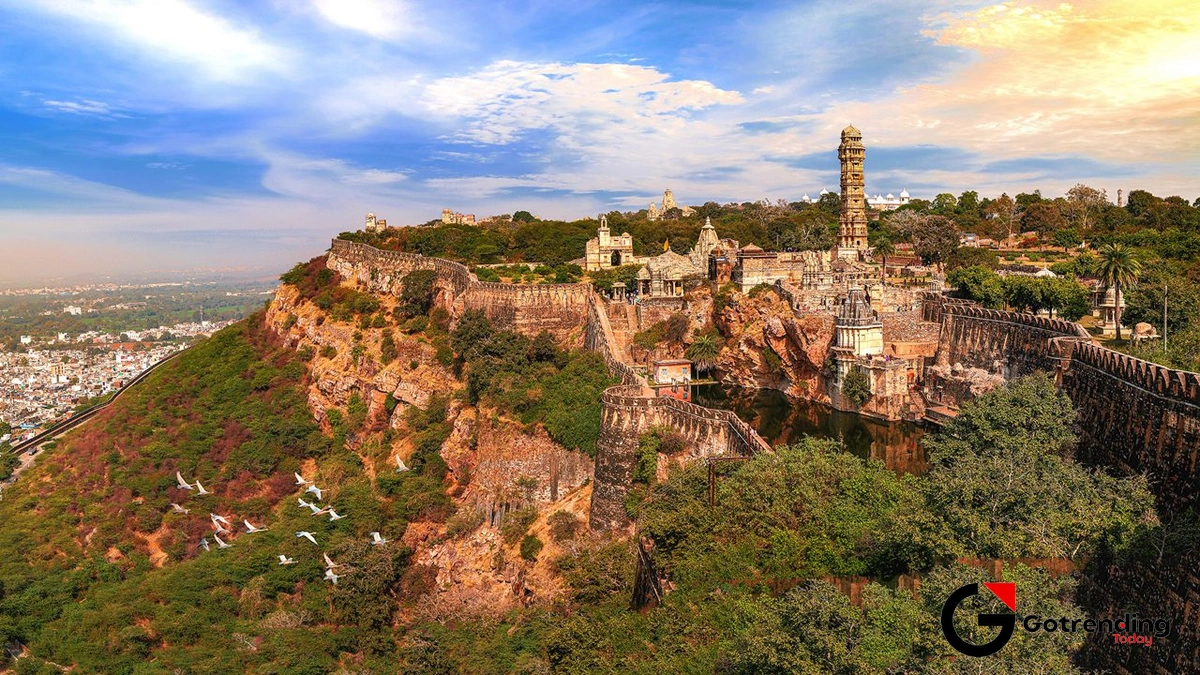
The drive up is an experience in itself. You wind your way through seven massive gates, or pols. Each one is a chapter in the bloody, defiant story of this place. They aren’t just entrances; they are memorials. They’re named after heroes who fell defending them. You pass through Ram Pol, Padan Pol, Bhairon Pol… and with each one, the present seems to slip away a little more. You start to understand that this isn’t just a tourist spot. It’s a pilgrimage site for courage.
The sheer scale of the Chittorgarh history is overwhelming. You’re walking on ground that has witnessed unimaginable bravery and unspeakable tragedy. It’s seen coronations and calamitous sieges. It’s seen generations of rulers, from Bappa Rawal to Maharana Pratap, who famously refused to bow to Akbar. The story of Mewar history is written into every crack and crevice here. Actually, it feels less like history and more like a living memory, one that the fort itself refuses to let go of.
It’s a historical puzzle, kind of like trying to solve today’s Wordle Today , where every clue adds another layer to a complex story.
A Tower of Victory and a Palace of Legend

Then you see it. The Vijay Stambha , the Tower of Victory. It just erupts out of the landscape. Rana Kumbha built it in the 15th century to celebrate a victory over the Sultan of Malwa, and it’s not subtle. It’s a nine-story, intricately carved exclamation point of defiance. You can climb the narrow, winding stairs inside (if you’re not claustrophobic), and with every step, you see Hindu deities carved into the walls. It’s a mind-boggling fusion of military might and devotional art. Reaching the top and looking out over the entire expanse of the fort… it’s one of those moments that just sticks with you.
And then there’s the other side of the coin. The Rani Padmini Palace .
Here’s the thing about this place: it’s beautiful. Almost painfully so. A delicate palace sitting in the middle of a man-made lake. It’s serene, ethereal, and the source of one of India’s most enduring, and debated, legends. The story of Alauddin Khilji seeing Rani Padmini’s reflection in a mirror here, becoming obsessed, and launching a devastating siege is woven into the fabric of Chittorgarh. How much of it is history versus the epic poem Padmavat by Malik Muhammad Jayasi is a question historians love to debate. You can delve into the origins of this story on Wikipedia’s page about the poem . But when you’re standing there, looking at the shimmering water, the line between fact and folklore feels… unimportant. The palace holds the power of the story, and that’s what matters.
Echoes in the Emptiness | The Reality of Jauhar
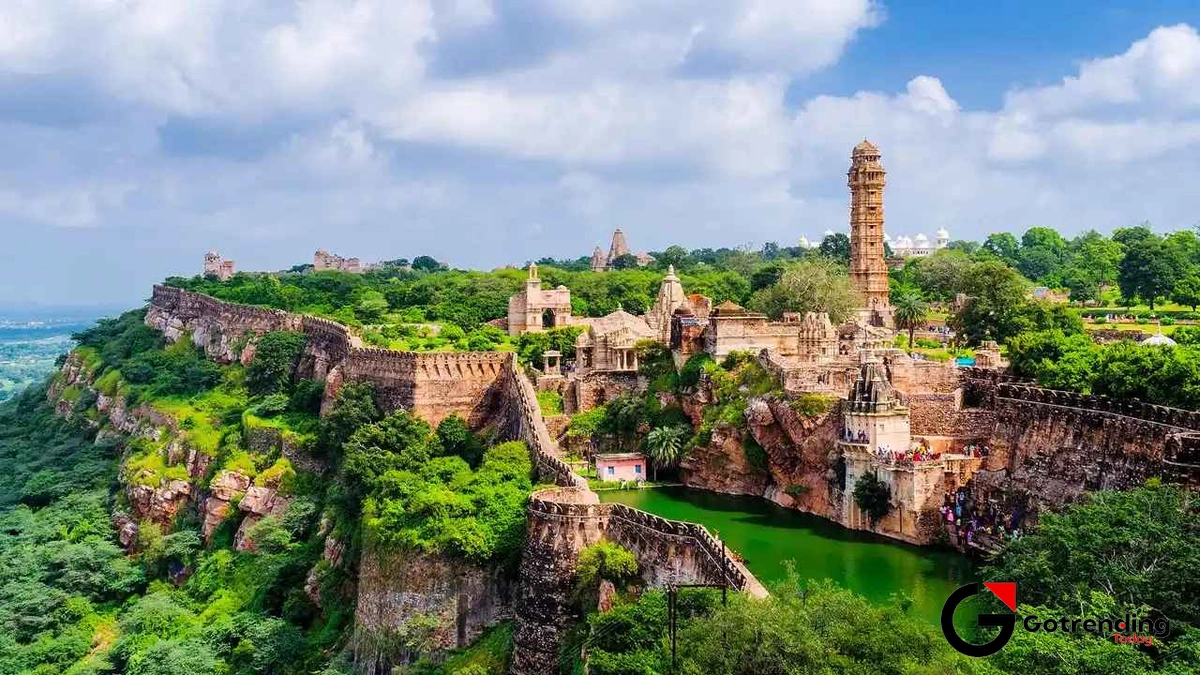
You can’t talk about Chittorgarh without talking about jauhar. It’s a word that carries immense weight. When defeat was certain, the Rajput women of the fort, led by their queens, would commit mass self-immolation to avoid capture, dishonor, and enslavement by the invading army. The men would then perform saka donning saffron robes and riding out to fight to their certain death.
The most famous of these acts happened in 1303, led by Rani Padmini. The site, known as the Jauhar Kund , is now just a grassy, semi-enclosed field near the Vijay Stambha. There’s no grand monument. There’s just an open space and a chilling, profound emptiness. Standing there is profoundly uncomfortable. It’s a stark reminder of the brutal choices people were forced to make. This isn’t the glorious side of war; it’s the heartbreaking truth of it. It’s the ultimate expression of the Rajput creed: death before dishonor. And it makes the very ground beneath your feet feel sacred and sorrowful.
I keep coming back to this point because it’s crucial. Chittorgarh isn’t about glorifying a single event. The sheer drama of it all could rival any story, even the kind you find in modern epics like the ones discussed in the rise of BGMI . It’s about the spirit of a people who chose their code over their lives, again and again. It’s a testament to a kind of Rajput valour that is almost impossible for us to comprehend today.
So, when you plan your trip and look at the list of places to visit in Chittorgarh , remember you’re not just checking off sights. You’re walking through the pages of a raw, epic, and deeply human story. Chittorgarh isn’t a ruin. It’s a soul. A stubborn, proud, and unforgettable soul that still whispers on the wind.
Your Questions About Chittorgarh, Answered
Is the Chittorgarh Fort really haunted?
People love this question! While there are countless local legends of ghostly sightings and strange noises, it’s more about the “feeling” of the place. The fort’s intense history of battles, sacrifice, and jauhar has left a powerful, heavy atmosphere. So, while you might not see a ghost, you’ll definitely feel the presence of the past. It’s more emotionally haunting than supernaturally so.
How much time do I need to see everything properly?
Don’t rush it. I’d say a full day is the absolute minimum. The fort complex is huge, and you’ll be doing a lot of walking. To really soak it in, hire a guide (their stories add so much context) and give yourself at least 6-8 hours. Rushing through Chittorgarh is like trying to read a novel by only looking at the chapter titles you’ll miss the whole point.
So, is the story of Rani Padmini and the mirror true?
This is the most common point of confusion. Most modern historians agree that the story of Alauddin Khilji seeing Padmini in a mirror comes from the epic poem Padmavat, written over 200 years after the siege of 1303. While the siege and the jauhar did happen, the mirror story is likely a poetic invention. But, true or not, the legend is now inseparable from the palace itself and is a huge part of the fort’s identity.
Can you actually climb the Vijay Stambha (Victory Tower)?
Yes, you can! The staircase is narrow, steep, and can get crowded, but the views from the top are absolutely worth the effort. It gives you a true sense of the fort’s scale and strategic location. Just be prepared for a bit of a workout.
